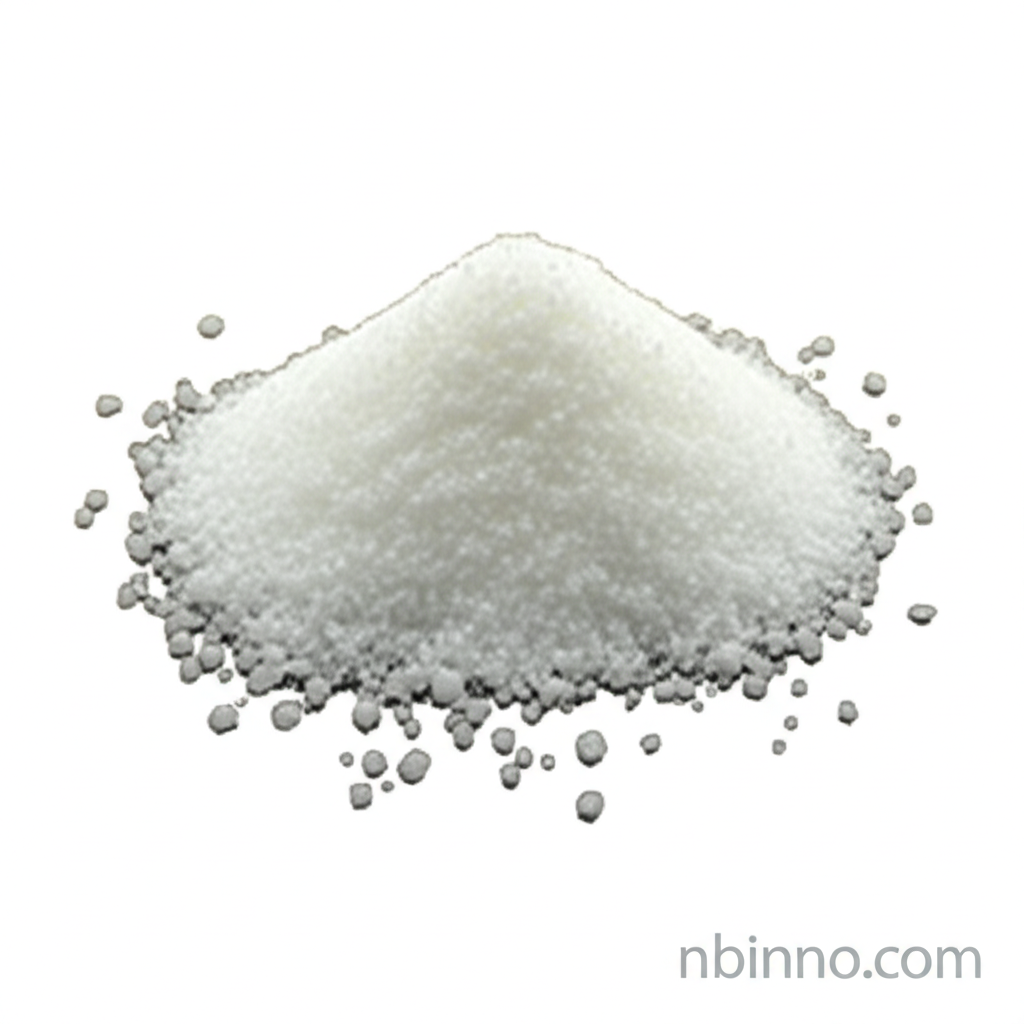Industrial Stearic Acid: Enhancing Rubber Processing and Performance
Discover how this essential fatty acid improves rubber compounding, vulcanization, and product durability.
Get a Quote & SampleProduct Core Value

Industrial Stearic Acid
Stearic acid is a vital component in the rubber industry, serving as a critical processing aid that significantly enhances the workability of rubber compounds. It acts as an internal lubricant, reducing viscosity and improving the ease of molding and shaping. Its ability to improve dispersibility ensures uniform distribution of fillers, leading to more consistent product quality and fewer defects.
- Enhance Processability: Leveraging its role as a key component in rubber processing aid, stearic acid facilitates smoother operations in rubber manufacturing.
- Improve Dispersibility: Its excellent dispersion capabilities contribute to a more homogeneous rubber matrix, a crucial aspect when considering improving rubber flexibility with stearic acid.
- Activate Vulcanization: Stearic acid is instrumental in activating vulcanization accelerators, thereby speeding up the cross-linking process and increasing benefits of stearic acid in rubber vulcanization.
- Enhance Product Properties: This fatty acid contributes to improved flexibility and resilience, making rubber products more resistant to wear and tear, aligning with the understanding of rubber grade stearic acid applications.
Key Advantages
Superior Processing Aid
As a crucial stearic acid for rubber processing, it reduces viscosity and friction, making rubber compounds easier to handle and shape, leading to more efficient production cycles.
Optimized Vulcanization
Stearic acid's role as an activator for vulcanization accelerators ensures a faster and more complete cross-linking process, directly impacting the final product's strength and durability.
Enhanced Durability and Resilience
The incorporation of stearic acid improves the overall mechanical properties of rubber, contributing to better flexibility, resilience, and resistance to aging, making it a key element for stearic acid as lubricant for rubber.
Key Applications
Tire Manufacturing
Used to improve processing, wear resistance, and adhesion in tire compounds, ensuring robust and long-lasting tires.
Industrial Rubber Goods
Essential for conveyor belts, hoses, and gaskets, providing increased hardness, tear strength, and abrasion resistance.
Automotive Components
Enhances the longevity and performance of seals, grommets, and vibration isolators in vehicles.
Footwear and Sporting Goods
Aids in efficient mixing and improves material properties for durable and wear-resistant end products.
